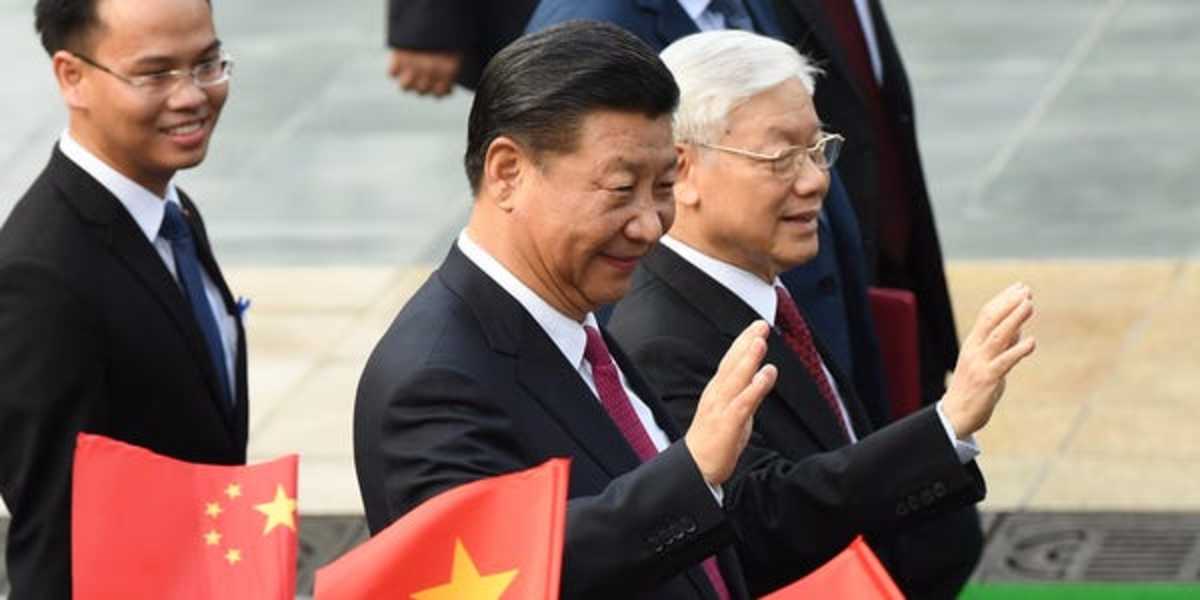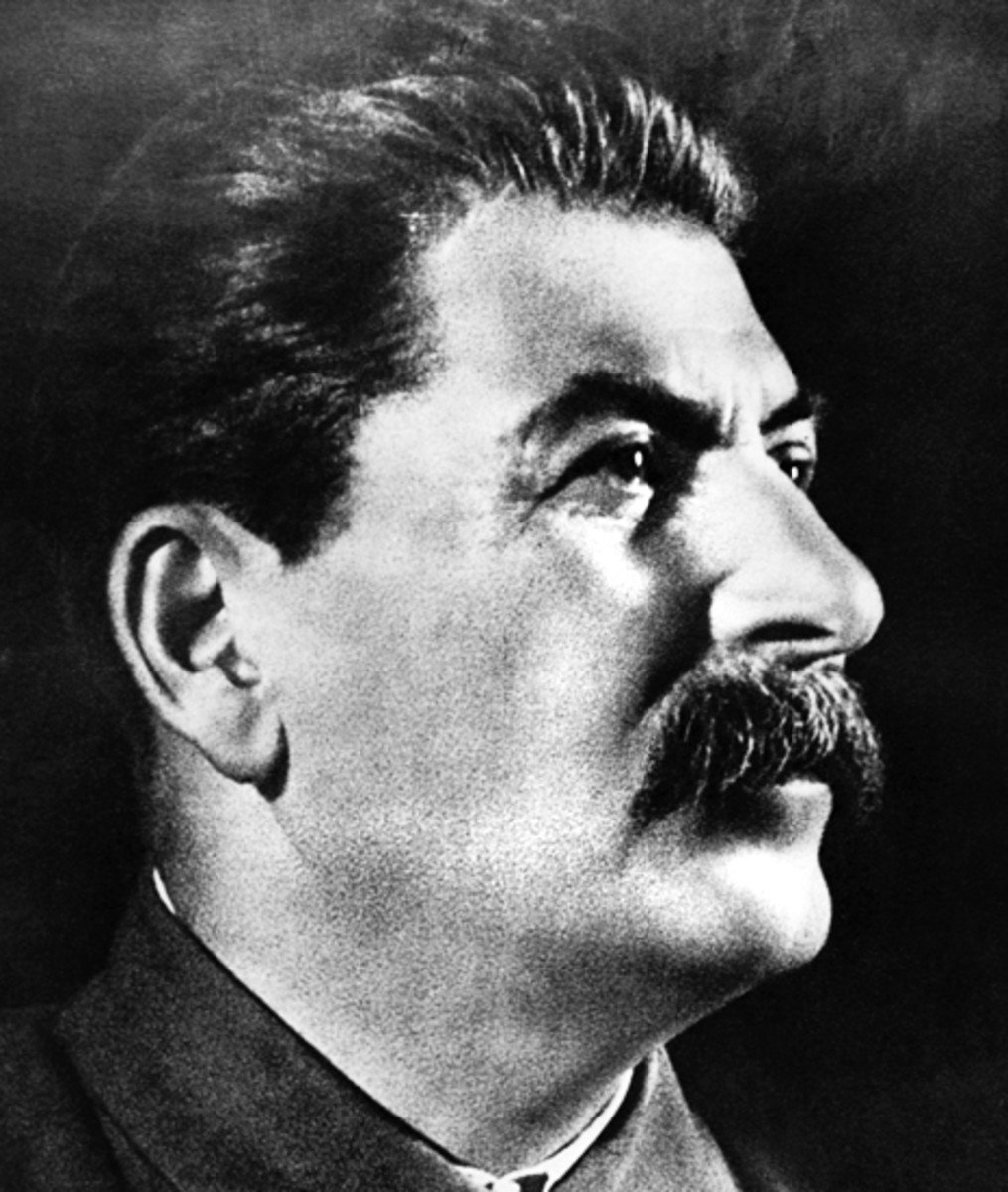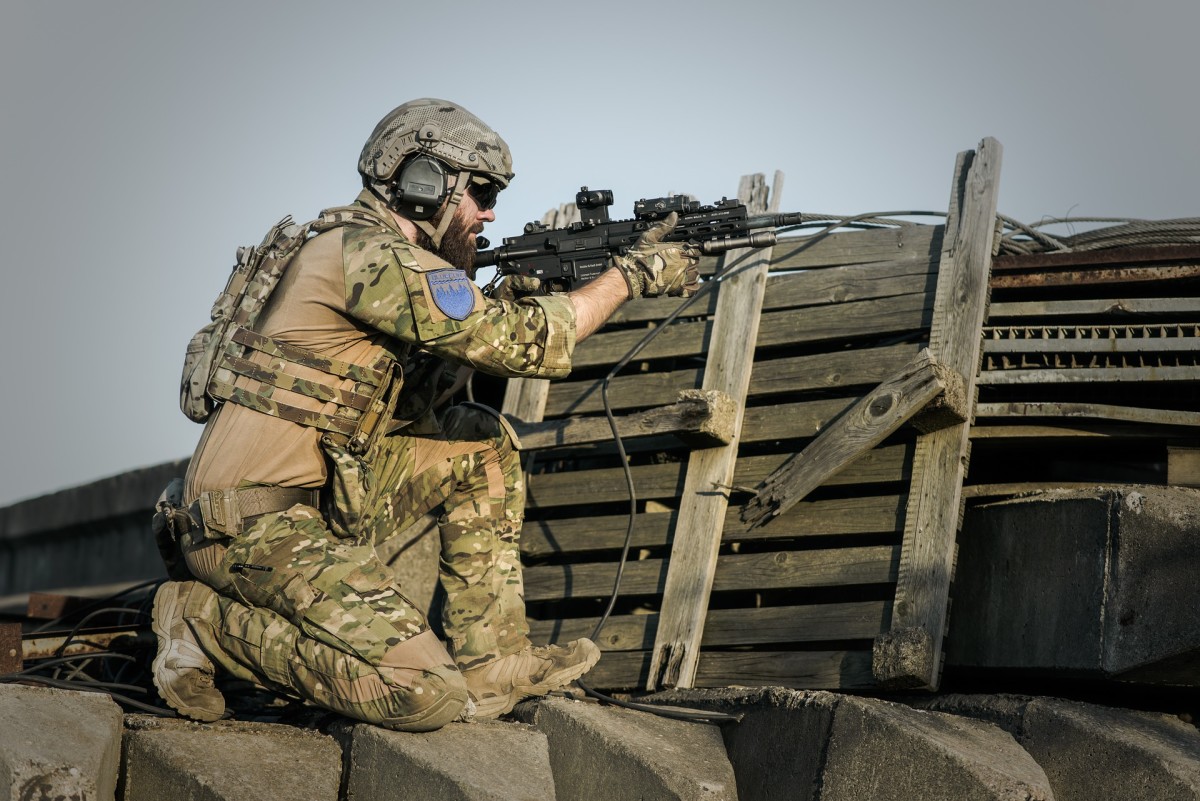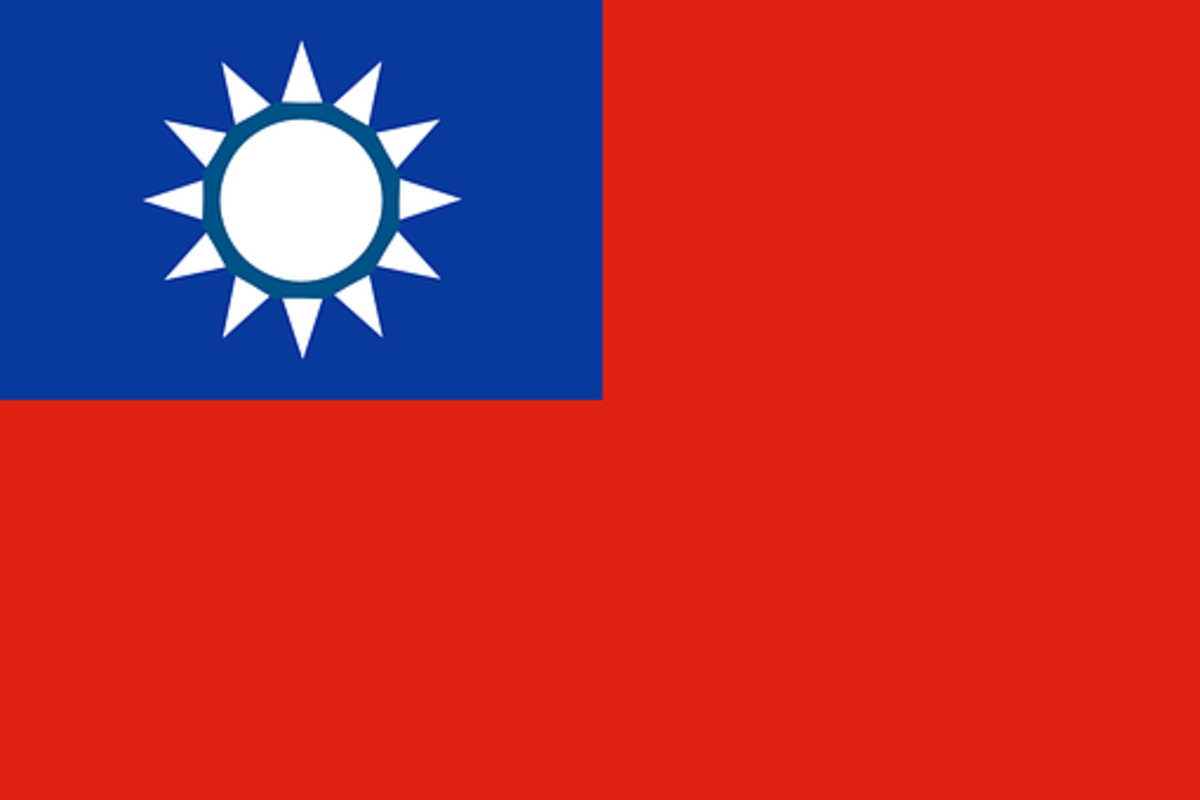The relationship between violence and political power
There is plenty of video and photographic evidence of political violence
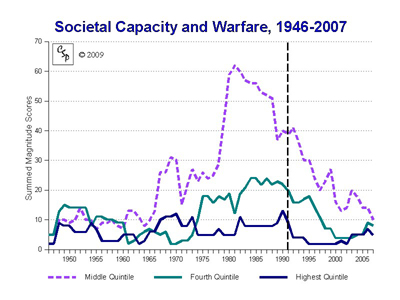
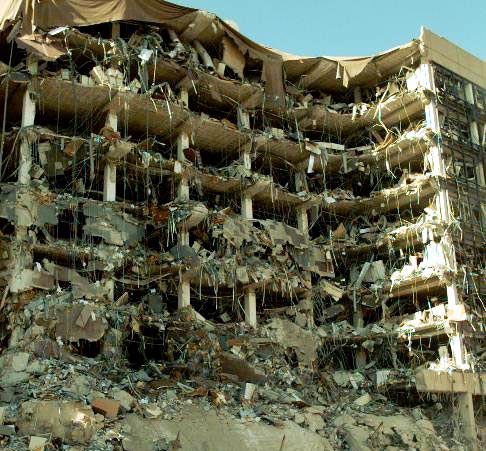
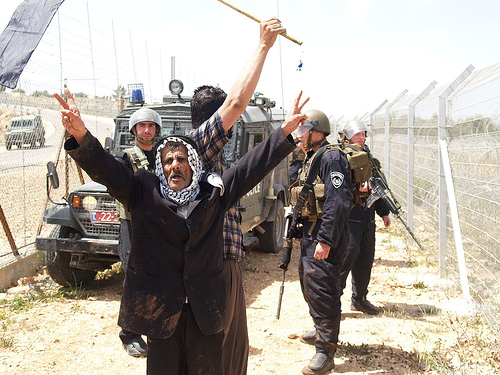
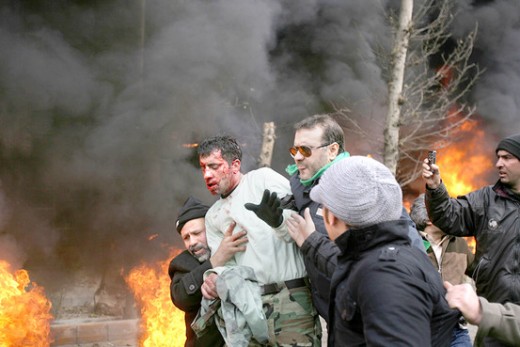
Power and Violence go hand in hand in much of politics
It's a daily news story originating in many parts of the world. Politics and violence often go hand in hand. Interference on the part of outside political powers is often behind the violence which ranges from propaganda against the opponents, false flag operations, agitation in meetings to hand to hand combat and warfare. Politicians are quick to remove themselves from direct responsibility, preferring to furtively employ others to do their dirty work. In military juntas, the connection to violence is direct.
McCarthyism stands as one of the most obvious facts of history within the United States where politics used tactics formerly associated with Medieval witch hunts to target people within its own territory. Violence against individuals included deadly force, ruination of careers and psychological torture. This was done under the threat of Communism and its supposed influence within the US.
"During this time many thousands of Americans were accused of being Communists or communist sympathizers and became the subject of aggressive investigations and questioning before government or private-industry panels, committees and agencies. The primary targets of such suspicions were government employees, those in the entertainment industry, educators and union activists. Suspicions were often given credence despite inconclusive or questionable evidence, and the level of threat posed by a person's real or supposed leftist associations or beliefs was often greatly exaggerated. Many people suffered loss of employment, destruction of their careers, and even imprisonment. Most of these punishments came about through trial verdicts later overturned, laws that would be declared unconstitutional, dismissals for reasons later declared illegal or actionable, or extra-legal procedures that would come into general disrepute.
The most famous examples of McCarthyism include the Hollywood Blacklist and the investigations and hearings conducted by Joseph McCarthy. It was a widespread social and cultural phenomenon that affected all levels of society and was the source of a great deal of debate and conflict in the United States." (1)
Myanmar/Burma stands prominently in the news of May 2008, because of the Cyclone that killed over 00,000 and caused a post storm plague that killed nearly a million people. The military junta refused to accept international aid and the countries backing international aid dawdlef endlessly while the people starved and get ill. Previous to the cyclone, the military and Buddhist Monks came into conflict and the monks were beaten, tortured, rounded up and imprisoned. Outgoing news was censored and silence fell on the scene. Here exists a clear case of politics and violence as bed-fellows. The Monks protested government crack downs including restrictions on food that came of the crop failures of 2008. For this they were attacked and suppressed and all news was blocked shortly thereafter. The cyclone brought them back into focus. There is a history of such occurrences.
"Myanmar borders India, Bangladesh, China, Laos and Thailand. Although it's a rough neighborhood for human rights, it's ideal for drug trafficking and Myanmar's military regime sits atop the seedy pyramid of crime and human rights abuse. The country could aptly be characterized as the Columbia of Southeast Asia...maybe worse.... The SLORC military junta has retained power since 1990. SLORC has ruled with an iron hand quashing all forms of dissent and trampling on human rights, while allegedly cooperating with drug traffickers. To fend off numerous ethnic minority movements, the military has co-opted opponents, allowing them to retain their weapons and share in the lucrative heroin trade. In 1997, SLORC became the State Peace and Development Council and has institutes cosmetic changes hoping to gain support for the removal of international sanctions but has continued its policies of repression, arrest, torture and disappearances." (2)
Tibet is currently in a struggle with China where the ruling Chinese power is now in combat with Tibetan monks who want to return Tibet to its theocratic rule free from China. There have been well publicized events where bloodied monks were shown in newspapers and TV news. This of course has been used as anti-Chinese propaganda. Little was said about the suppression of the Tibet people by the theocratic government in the past.
Nazism is clearly politics mediated through violence. The history is clear and much was laid bare through documents found at the end of WWII. Though some still debate the issues concerning Adolf Hitler and his government and political views that he exposed in Mein Kempf, the undisputed facts remain from Nazi documents.
"Between 1939 and 1945, the SS, assisted by collaborationist governments and recruits from occupied countries, systematically killed somewhere between 11 and 14 million people, including about six million Jews, in concentration camps, ghettos and mass executions, or through less systematic methods elsewhere. Besides being gassed to death, many also died as a result of starvation and disease while working as slave laborers (sometimes benefiting private German companies). Along with Jews, non-Jewish Poles (over three million casualties), alleged communists or political opposition, members of resistance groups, Catholic and Protestant opponents, homosexuals, Roma, the physically handicapped and mentally retarded, Soviet prisoners of war (possibly as many as three million), Jehovah's Witnesses, anti-Nazi clergy, trade unionists, and psychiatric patients were killed. One of the biggest centers of mass-killing was the extermination camp complex of Auschwitz-Birkenau. Hitler never visited the concentration camps and did not speak publicly about the killing in precise terms." (3)
Stalin is no stranger to political violence. After the death of Lenin, Stalin conducted the show trials the brunt of which, the entire Cominturn was brought to trial on charges of being counter-revolutionary and were accused of collaborating with capitalists to bring down the Soviet Union. Stalin even managed to assassinate Leon Trotsky in Mexico in 1940 after having Trosky expelled from the Soviet Union earlier. It turns out that Stalin was always cutting deals with international capital starting with the "Socialism in One Country" concept. Stalin enforced agricultural collectives with the result of millions dying in the winter of 32/33 in the Ukraine.
"The term "repression" was officially used to denote the prosecution of people considered as anti-revolutionaries and enemies of the people. The purge was motivated by the desire on the part of the leadership to remove dissident elements from the Party and what is often considered to have been a desire to consolidate the authority of Joseph Stalin. Additional campaigns of repression were carried out against social groups which were believed to be, or at least were accused of, acting for ulterior political motives or to have opposed the Soviet state and the politics of the Communist Party.... According to Nikita Khrushchev's 1956 speech, On the Personality Cult and its Consequences, and more recent findings, most of the accusations, including those presented at the Moscow show trials, were based on forced confessions, often obtained by torture, and on loose interpretations of Article 58 (RSFSR Penal Code), which dealt with counter-revolutionary crimes. Due legal process, as defined by Soviet law in force at the time, was often largely replaced with summary proceedings by NKVD troikas." (4)
Mao-Tse Tung was responsible for the single greatest change in human history through the cultural revolution in China after establishing the Communist Party of China. The cultural revolution set out to wipe out the entirety of Chinese cultural history and rewriting history from the viewpoint of Mao-Tse Tung's brand of Stalinist derived Communism. Once in power, a succession of disasters struck more from the way things were done than by natural circumstance. There was a famine due to exaggerated claims of rice production under communist squad control. Similarly the fiasco of attempting to make steel with primitive kilns utterly failed. Many people were sent to labour camps. These were former rulers and their appointees and anyone accused of intellectual hooliganism. The Mao inspired communist regime exists to this day, even after Mao-Tse Tung shook hands with Richard Nixon, who had been formerly impeached in his presidency in the US. The result to the Maoist movement of the day was a political implosion. Today, the Chinese Communist government embraces capitalism and suppresses groups like the Fulan Gong. There are some independently confirmed reports of torture and taking of body parts from prisoners for the profitable transplant business.
Pol Pot was responsible for the agrarian reform in Cambodia that resulted in a genocide of his own people. This was enforced through violent means. He managed to evade justice and died of old age, despite attempts to bring him to justice.
"In late 1973, Pol Pot made strategic decisions about the future of the war. His first decision was to cut the capital off from contact from outside supply and effectively put the city under siege. The second decision was to enforce tight command on people trying to leave the city through the Khmer Rouge lines. The city people were considered like a disease that needed to be contained so that it would not infect areas run by the Khmer Rouge. He also ordered a series of general purges. Former government officials, along with anyone with an education, were singled out in the purges. A set of new prisons was also constructed in Khmer Rouge run areas. The Cham minority attempted an uprising around this time against attempts to destroy their culture. While the uprising was quickly crushed, Pol Pot ordered that harsh physical torture be used against most of those involved in the revolt. As previously, Pol Pot tested out harsh new policies against the Cham minority before extending them to the general population of the country.
The Khmer Rouge also had a policy of evacuating urban areas to the countryside. When the Khmer Rouge took the town of Kratie in 1971, Pol Pot and other members of the party were shocked at how fast the liberated urban areas shook off socialism and went back to the old ways. Various ideas were tried to re-create the town in the image of the party, but nothing worked. In 1973, out of total frustration, Pol Pot decided that the only solution was to send the entire population of the town to the fields in the countryside. He wrote at the time "if the result of so many sacrifices was that the capitalists remain in control, what was the point of the revolution?". Shortly after, Pol Pot ordered the evacuation of the 15,000 people of Kompong Cham for the same reasons. The Khmer Rouge then moved on in 1974 to evacuate the larger city of Oudong. On the process of these purges, about 1/3 of the Cambodian people died and it is now spoken of as a genocide. Pol Pot died of natural causes due to old age, never having being brought to justice.
Everywhere we turn these days, we are bound to find politically related violence. There is hardly a region that is unaffected. Whether we look at recent wars, civil wars or elections, we find violence. Many times it is related for control of disputed regions or for resources or ideology.
The US is currently under the scrutiny of citizens such as www.911Truth.org and a host of related groups questioning many policies and actions of the US government past and present. There is plenty of disagreement, but the fact remains that after 9-11-2001, the Patriot Act and the Homeland Securities Act came into being that strip away the citizens constitutional rights. The US is currently involved in Iraq and has its sights on Iran. Many people are asking questions as to the nature of violence perpetrated and supported by the US. Mudslinging is common in politics. If they can't find real dirt, something will be manufactured. This has effect on many lives. We saw something of this in the McCarthy era where many innocent peoples lives were ruined. We even witness brawls and fist fights in political meetings. Politics and violence all too often go hand in hand.
References:
1. Wikipedia
2. Flashpoints; World Conflicts
3. Wikipedia
4. Wikipedia

